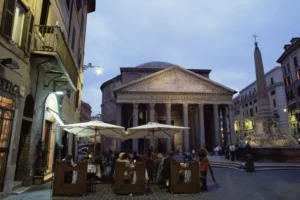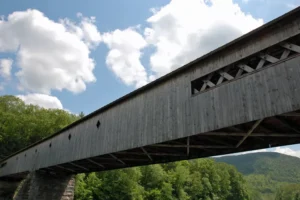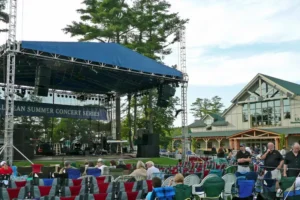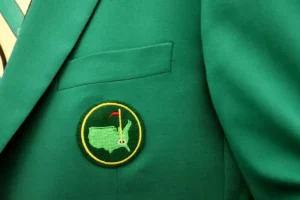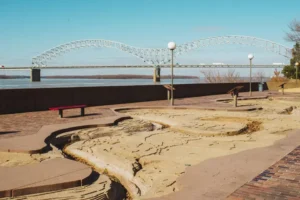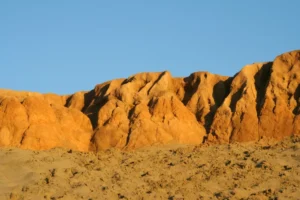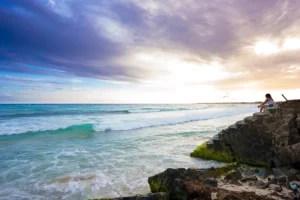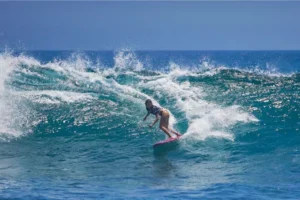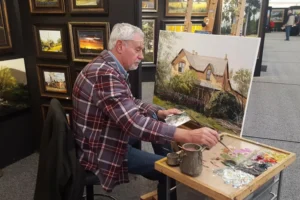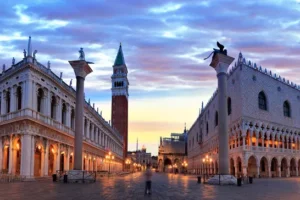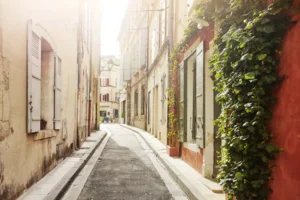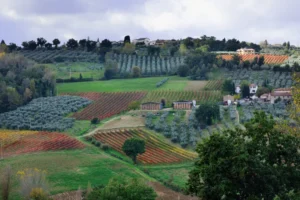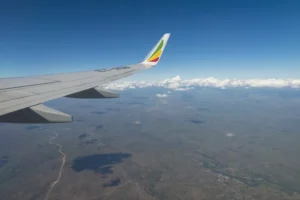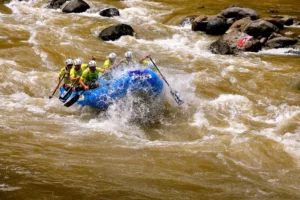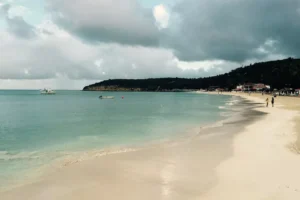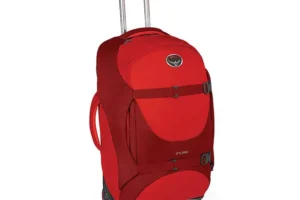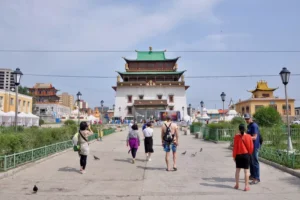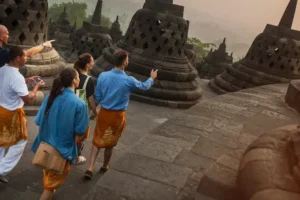Cozumel is well-known primarily as a diving destination; however, it boasts some wonderful beaches as well. This beautiful island, located just off the coast of the Mexican Caribbean across from Playa del Carmen, measures approximately 30 miles long and 10 miles wide. There’s plenty of coastline to enjoy! While there are numerous things to see and do in Cozumel, exploring the underwater features and relaxing on the beaches usually tops the list for visitors planning a trip to this stunning locale.
The west coast of Cozumel faces Playa del Carmen and offers calmer beaches along with better snorkeling opportunities, as the coral is sheltered from strong waves. Consequently, the beaches close to the cruise ship ports can get crowded as day visitors usually congregate there. In contrast, the east coast beaches, facing the open sea, tend to be more scenic, despite having tougher waves and stronger currents. Although these beaches are not ideal for swimming or snorkeling, they are often less populated.
Read More
